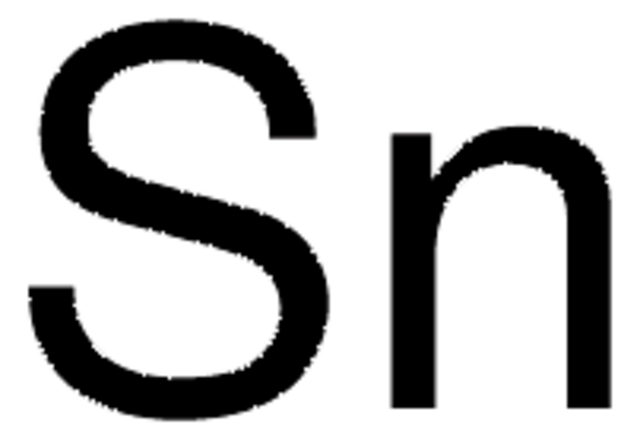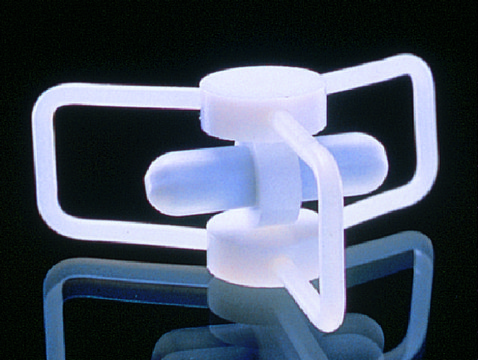GF23425837
Tin
rod, 100mm, diameter 6.0mm, 99.999+%
Synonym(s):
Tin, SN007930
Sign Into View Organizational & Contract Pricing
All Photos(2)
About This Item
Empirical Formula (Hill Notation):
Sn
CAS Number:
Molecular Weight:
118.71
MDL number:
UNSPSC Code:
12141745
PubChem Substance ID:
NACRES:
NA.23
Recommended Products
Assay
99.999%
form
rod
manufacturer/tradename
Goodfellow 234-258-37
resistivity
11 μΩ-cm, 20°C
L × diam.
100 mm × 6.0 mm
bp
2270 °C (lit.)
mp
231.9 °C (lit.)
density
7.310 g/mL at 25 °C (lit.)
SMILES string
[Sn]
InChI
1S/Sn
InChI key
ATJFFYVFTNAWJD-UHFFFAOYSA-N
General description
For updated SDS information please visit www.goodfellow.com.
Legal Information
Product of Goodfellow
Regulatory Information
新产品
Choose from one of the most recent versions:
Certificates of Analysis (COA)
Lot/Batch Number
It looks like we've run into a problem, but you can still download Certificates of Analysis from our Documents section.
If you need assistance, please contact Customer Support.
Already Own This Product?
Find documentation for the products that you have recently purchased in the Document Library.
[Tin in the environment].
Iu P Popov et al.
Gigiena i sanitariia, (9)(9), 55-57 (1983-09-01)
The newer essential trace elements, chromium, tin, nickel, vanadium and silicon.
W Mertz
The Proceedings of the Nutrition Society, 33(3), 307-313 (1974-12-01)
Inorganic tin: chemistry, disposition and role in nuclear medicine diagnostic skeletal imaging agents.
M D Francis et al.
International journal of nuclear medicine and biology, 8(2-3), 145-152 (1981-01-01)
K A Winship
Adverse drug reactions and acute poisoning reviews, 7(1), 19-38 (1988-01-01)
Inorganic tin salts are poorly absorbed and rapidly excreted in the faeces; as a result they have a low toxicity. Only about 5 per cent is absorbed from the gastrointestinal tract, widely distributed in the body, then excreted by the
F J de Araujo et al.
Genes and immunity, 16(4), 284-288 (2015-03-13)
Functional variations in the mannose-binding lectin (MBL2) gene causing low levels of serum MBL are associated with susceptibility to numerous infectious diseases. We investigated whether there is genetic association of MBL2 variant alleles with cutaneous leishmaniasis (CL) caused by Leishmania
Our team of scientists has experience in all areas of research including Life Science, Material Science, Chemical Synthesis, Chromatography, Analytical and many others.
Contact Technical Service

